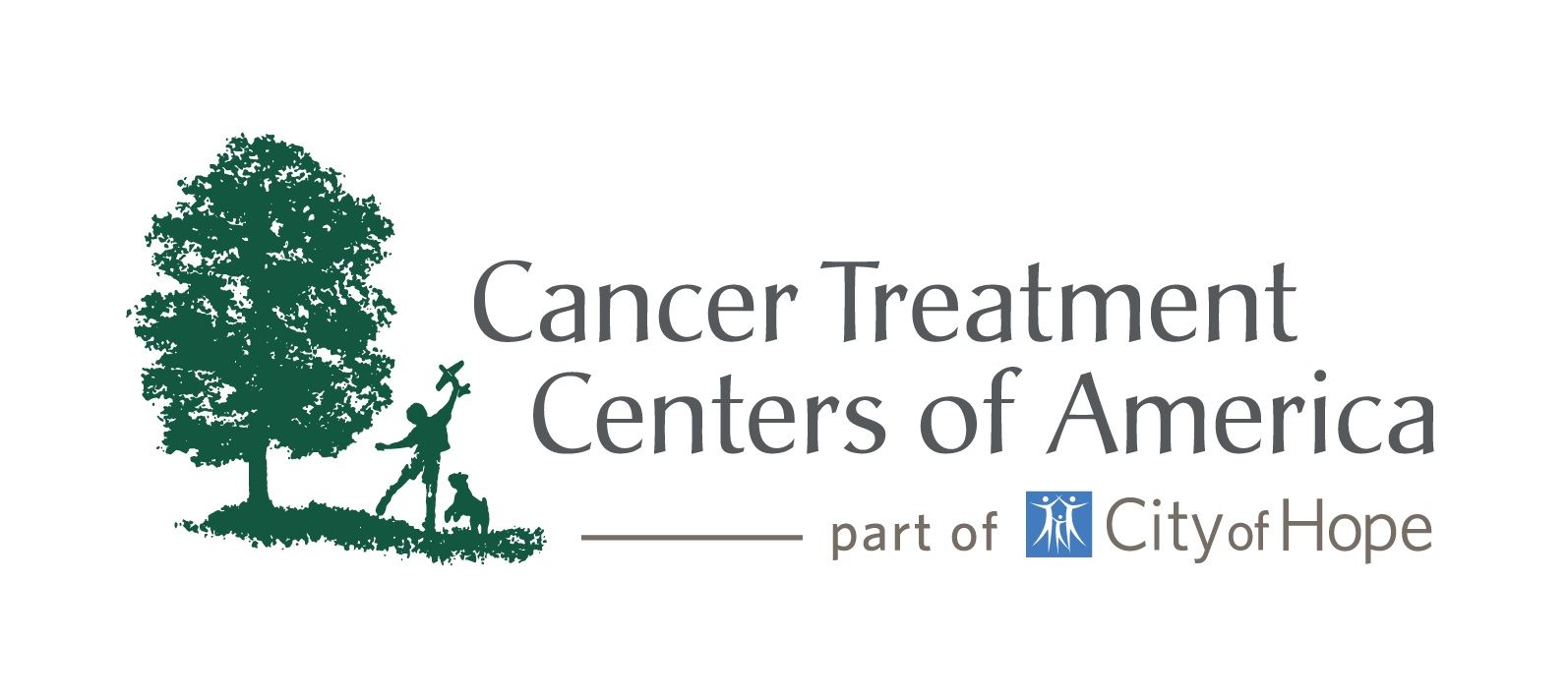
Essential Visits or Telemedicine During COVID-19: Expert Offers Advice

As COVID-19 cases continued to increase across the United States at the onset of the pandemic, many elective treatments and routine visits to hospitals and clinics were canceled or moved online.
As COVID-19 cases continued to increase across the United States at the onset of the pandemic, many elective treatments and routine visits to hospitals and clinics were canceled or moved online. For patients with cancer, this has led to a transition to telehealth to make up for canceled visits. But not all visits can be conducted over a video call, mainly, cancer screenings.
In an interview with Oncology Nursing News, Pat Basu, MD, MBA discussed a “shadow curve” with the potential to further disrupt the cancer space as patients are forced to delay their screenings, which means that patients with cancer may not have their disease detected until it’s an later stage.
Basu, president and CEO of Cancer Treatment Centers of America, elaborated on the fear surrounding in-person cancer screenings during the pandemic and how to find the right balance between at home treatments and essential visits.
It seems that a lot of people don't see cancer screening as a necessity right now, and kind of fear that they're more in danger should they go in clinic, rather than just not getting screened at all. What would you say to those people who have those kinds of fears?
Pat Basu: I would say number one, I understand their fear in a world of uncertainty. It’s perfectly normal.
Number two, it's a false choice. Right now, in society, we're facing so many false choices. I won't go through all of them, but t's either black or white, right? It's either we don't treat your cancer and the patient dies from that or we know we just frivolously expose you to infectious diseases, so that's not the case.
Third, and perhaps most importantly, is you cannot miss your screening. You cannot miss your diagnosis. You cannot miss your treatment. There are 10 million people around the world this year that will die from cancer. One out of three Americans in their lifetime will be diagnosed with cancer. This year alone, about 1.7 million Americans will be diagnosed with cancer, the bedrock of therapy in cancer and for the last couple of decades has been catch it early, treat it consistently and treat it completely.
That has to be the case, or we are going to have hundreds of thousands, if not millions, of patients that are adversely affected by missing their cancer treatments, diagnosis or screening, if we don't take this seriously. So, I would just remind people that during crises there is a part of our brain that sort of takes over from the emotional, what's the near and dear kind of thing that is in the news all the time, right?
And in the news, all the time right now, is COVID-19. And it's a very serious illness. It's not to be ignored. But you know, 10 million and people around the world will be diagnosed with (and) will die from cancer. That's the story that's not being told consistently.
Knowing what we know now, do you think that there will be more of a focus moving forward on cancer treatments that can take place in a patient's home rather than in clinic?
I do. I really do.
I had helped co-found a telehealth company, and so, I'm a big fan of what telehealth can do, but I have a deep understanding of what telehealth cannot do.
In the year 2020 there are some things that can be done and some that I can't wait for the day when the iPhone can, you know, do surgery and radiation therapy but for now there’s a lot more we can do. Including remote monitoring to understand your symptoms, and potentially, we're exploring a lot of at home infusion of your medications.
So those types of things can be done for diagnosis and maintenance when it's done in a proper environment. But there is another consideration, which if you are in the active phase of treatment, that tumor needs to be surgically removed. It needs to be radiated, or you need to get the initial phase of the active chemotherapy treatment that requires you to come in and the best combination honestly is both.
At Cancer Treatment Centers of America, I believe that for the heavier part of the treatment, because there's no replacement to coming in, that the patient comes in. But then for surveillance, for maintenance and for some of those other things, they can get that through an at-home program.
Newsletter
Knowledge is power. Don’t miss the most recent breakthroughs in cancer care.































































































